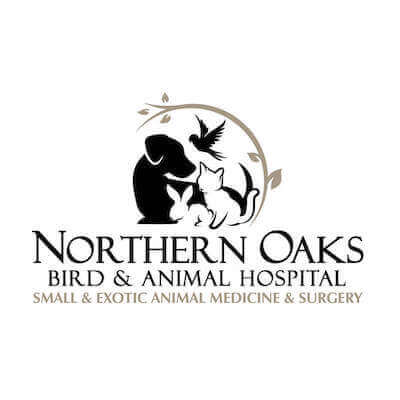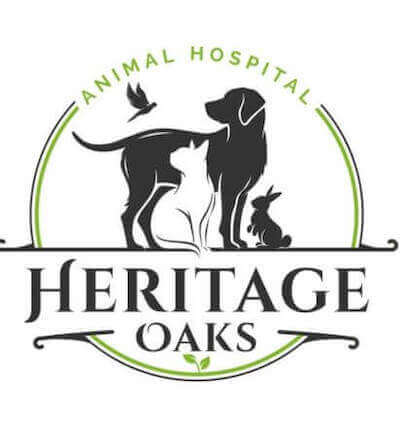Dogs gravitate towards treats just as we gravitate towards the dessert table. Much like humans, dogs are at risk of becoming overweight or obese at some point in their lives. It’s estimated that nearly 56% of dogs are overweight, which increases the likelihood of developing type 2 diabetes, puts unnecessary strain on their bones and organs, and decreases their overall life expectancy. As veterinarians who are also dog owners, we know those extra rolls are ripe for belly rubs, but we also want your dog to be at peak health every time we see them for their wellness visits. Since it’s far easier to prevent excess pounds than to shed them, the following are seven proven nutrition, fitness, and other tips to make sure your dog doesn’t head down the perilous path towards obesity.
1. Know Their Ideal Weight and Monitor
It’s critical that you know the ideal weight for your dog based on their size, breed, and age. We can provide you with a healthy weight range. If you have a small breed dog, you can use your bathroom scale to weigh them precisely as you would weigh yourself. If you have a larger breed dog, you can weigh yourself first, pick up your dog, weigh yourself with the dog, and subtract the difference. Our hospital welcomes regular weigh-ins, free of charge, to help monitor your dog’s weight.
2. Choose the Right Dog Food
Our veterinarians can help you choose a dog food that is appropriate for your dog. Puppies need food formulated for their early life stage, which should change as they enter adulthood and then again when they become a senior dog. An "All-Stages' food is simply puppy food with a different label, making obesity more likely.
3. Don’t Overfeed
Portion control is the single most important factor in ensuring your dog maintains a healthy weight. Choose specific meal times and stick to them, and your dog will quickly learn when it’s time to eat.. This helps minimize begging and the tendency to overfeed based on the assumption your dog is hungry. Avoid keeping their bowl full at all times — referred to as "free-feeding" — which will result in your dog eating more and gaining weight.
Clients often tell us that their dog is always hungry. Most dogs will eat more calories than they require if allowed, but this does not mean they need it or are hungry. It is their instinct to eat food when it is available in case food will be scarce at a later time. Additionally, we want to show love through food treats and our pets become conditioned to pleasing us.
4. Avoid Table Scraps
It’s tempting to give your begging dog the leftovers from your dinner plate. Dogs consume extra calories when they’re fed table scraps, in addition to their regular feedings, so it’s best to adhere to their dog food and occasional dog treats. Human foods are often cooked with fatty oils and contain added seasonings, which aren’t healthy for your dog. Any human food should be low calorie, low salt, and low fat.
5. Exercise Regularly
A daily routine that involves a long walk is ideal for your dog’s overall health and maintaining a healthy weight. Just like humans, dogs need to burn calories to avoid weight gain. Every dog loves outside time and fresh air with their human. In addition to walks, other calorie-burning activities include swimming, a long game of fetch, and running alongside you. Be sure to ease your dog into something more demanding like running, as they need to build up endurance just like we do. Walks are also good for mental stimulation and can help to avoid boredom-related behaviors at home.
6. Consider Interactive Feeding Toys
Interactive feeding toys are a great way to make your dog work for their food, burning calories at the same time as consuming them. They force your dog to eat more slowly while providing mental stimulation and making mealtime even more enjoyable for them. Interactive toys include slow-feed bowls that force your dog to follow maze-like barriers to eat their food or toys that dispense food and entertain them in the process.
7. Remember That Not All Treats Are Created Equal
As veterinarians, we don’t expect you to cut treats out of your dog’s life. Giving and getting treats is a part of your relationship’s beautiful and reciprocal nature—and this starts early with using them as part of obedience training.
Ask our veterinarians for tips on healthy store-bought treats, or consider these treats that we recommend as healthy alternatives:
- Apples and raspberries (without the seeds)
- Carrots
- Green Beans
- Kibble at a non mealtime
- Popcorn without the butter or salt
Also, make sure to refer to the list of potentially toxic foods for dogs to avoid an emergency situation.
Being proactive about your dog’s weight will spare them medical issues and prolong their life. The bonus is that some of these preventative measures — including exercise and interactive toys — are enjoyable. However, we should also point out that weight gain can be related to a medical condition such as hypothyroidism. If you’re following these recommendations and still noticing that your dog is gaining weight, please give us a call.



